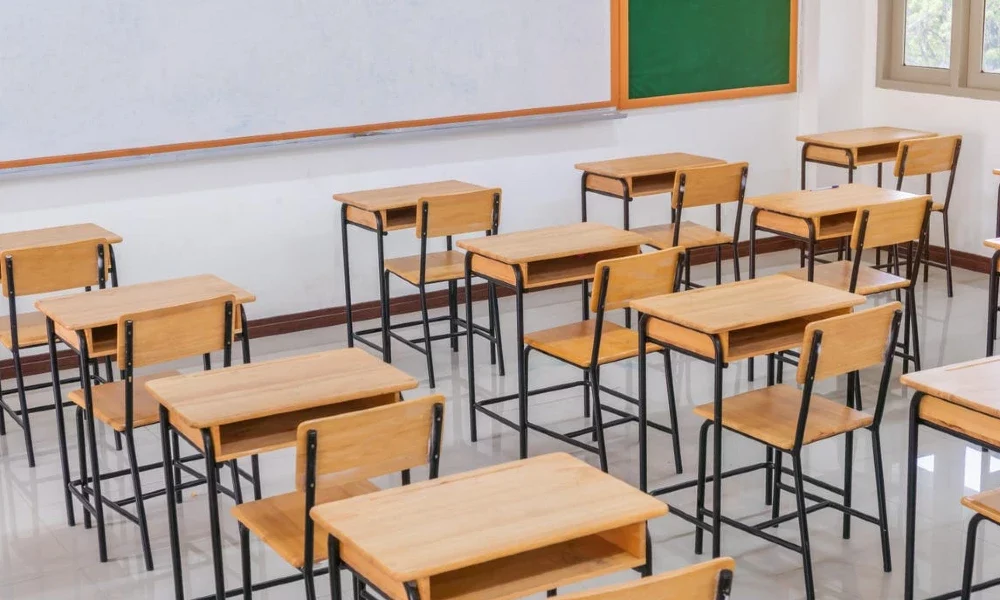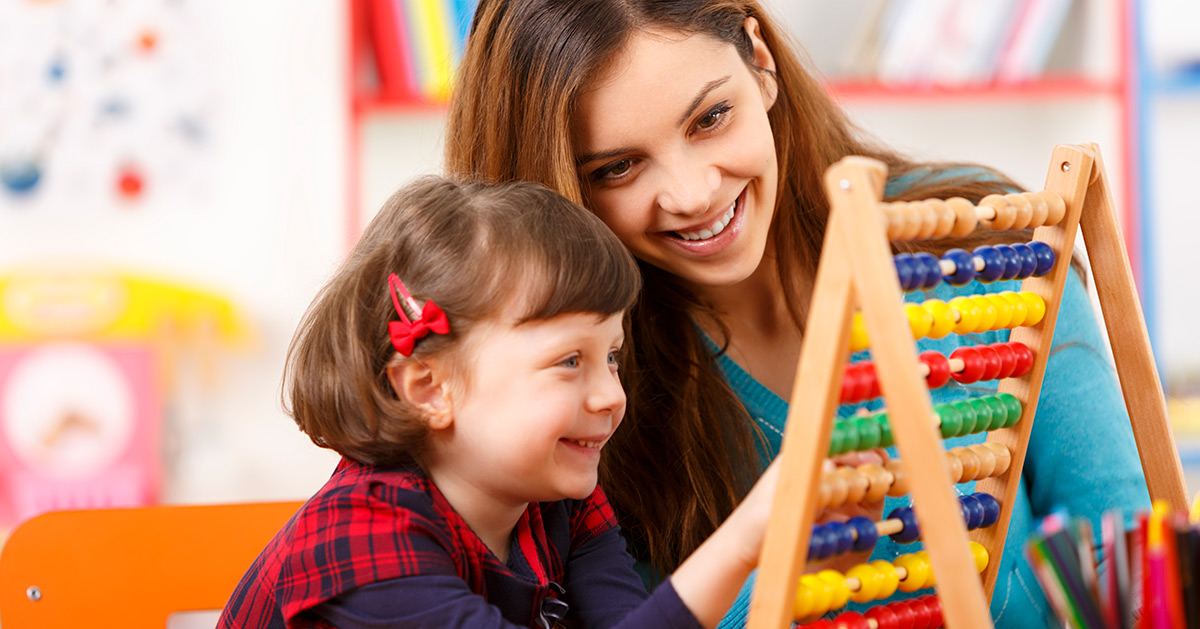If you recall your time at school, you’ll probably realize that you had a particular favorite way of learning things: for example, you either preferred hearing the material from a teacher or reading it off a page. This preference is a clue of your learning style, which is a term for the way people process and remember new information. While everyone uses all of their senses to learn, there is typically one that’s dominant and determines the person’s learning style.
Why is this important? If you figure out your child’s favorite mode of learning, you can use this natural propensity to help them learn more and learn faster. This way, they will be readier for the future and their school performance will improve. You can also work on stimulating the senses that they don’t naturally rely on as much, and thereby give them a more complete perspective of the world.
What learning styles are there & how to use them?
The best way to recognize your child’s learning style is to observe the way they interact with the world and pick up new information. It’s likely that one of these styles will be their favorite:
1. Visual
If your child is a visual learner, they learn by seeing. They remember things better when they see them written down, so they may underline important phrases or make hand-written notes when they study. They also find diagrams, charts, presentations, videos, and pictures to be helpful learning tools. When they’re in class, they rely on the teacher’s gestures, facial expressions, and the visual aids they use to gain a better understanding of the material. Their focus will also be on what’s written on the board. Good visual organization, like writing the text out in different colors, makes them memorize things more quickly.
Visual learners are often interested in books from the time they’re babies. They will love looking at beautiful illustrations that accompany the text and may learn how to read at a very young age. To help them study, equip them with colorful pens and highlighters, and encourage them to take notes on a whiteboard or in a notebook.
2. Auditory

These children learn through listening. They pay most attention to what they hear and have no problem memorizing song lyrics and melodies. They prefer reading out loud or listening to someone read or tell a story as opposed to reading it silently on their own. In class, they understand the material better when the teacher talks about it rather than when they have to read about it.
Recounting something they studied out loud can help an auditory learner recall the information more clearly. Discussing the things they’re learning about can help too. You can also try to make up a song about it to make it easier to remember.
3. Kinesthetic
A kinesthetic learner takes in information using physical movement and touch. These children love handling objects to get a sense of what they’re like. Anything that features different textures, tactile sensations, and objects that can be manipulated will spark their interest.
Since they like moving around, they should take frequent breaks from studying. Give them some time to play outdoors or pay a visit to an amazing indoor playground. They’ll be refreshed and more focused when they come back home. Also, it’s a good idea to add an element of movement to their study sessions. For example, they can study at a standing desk or bounce on a pilates ball while reading their textbook. They will also like competitive games that involve physical activity, which can be used to revise what they learned.




